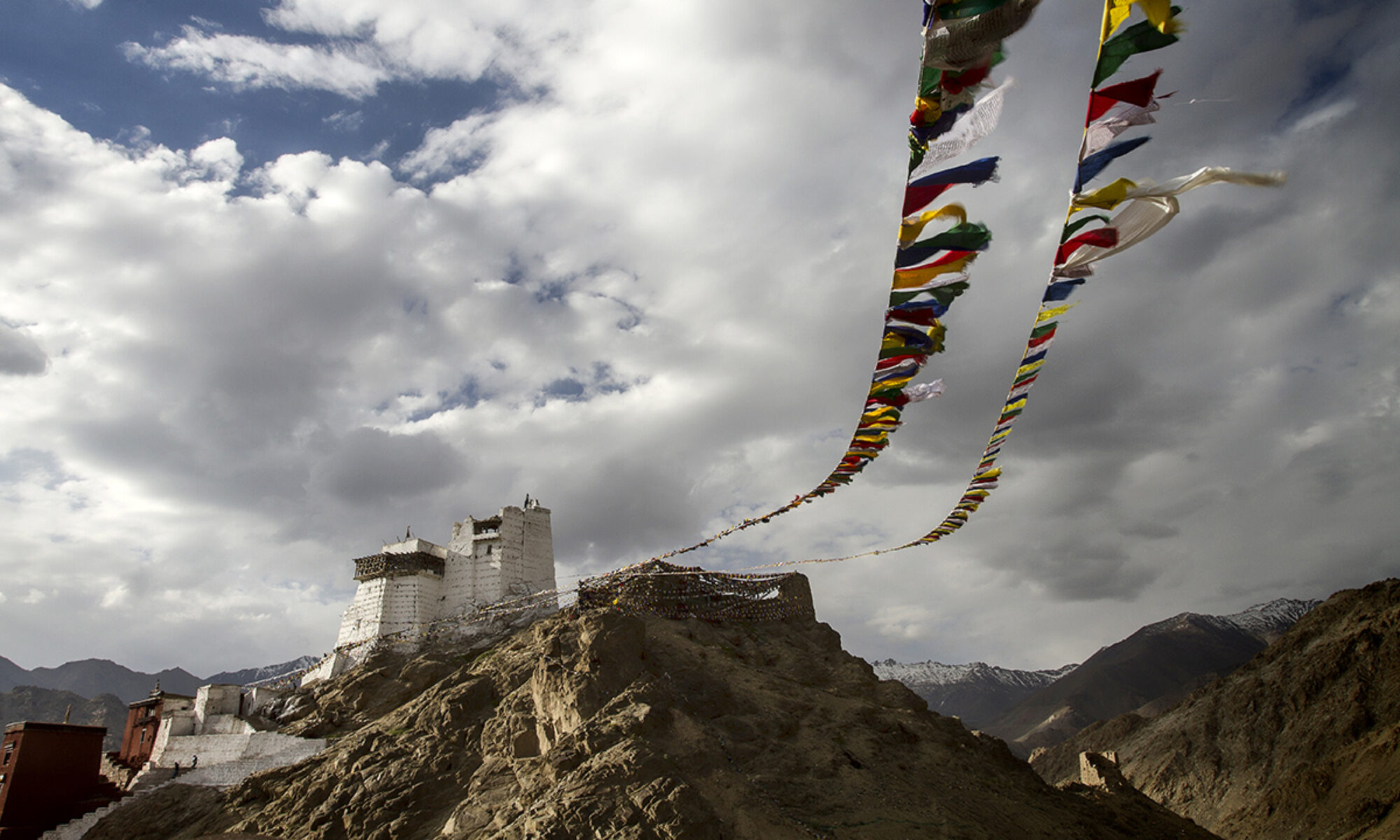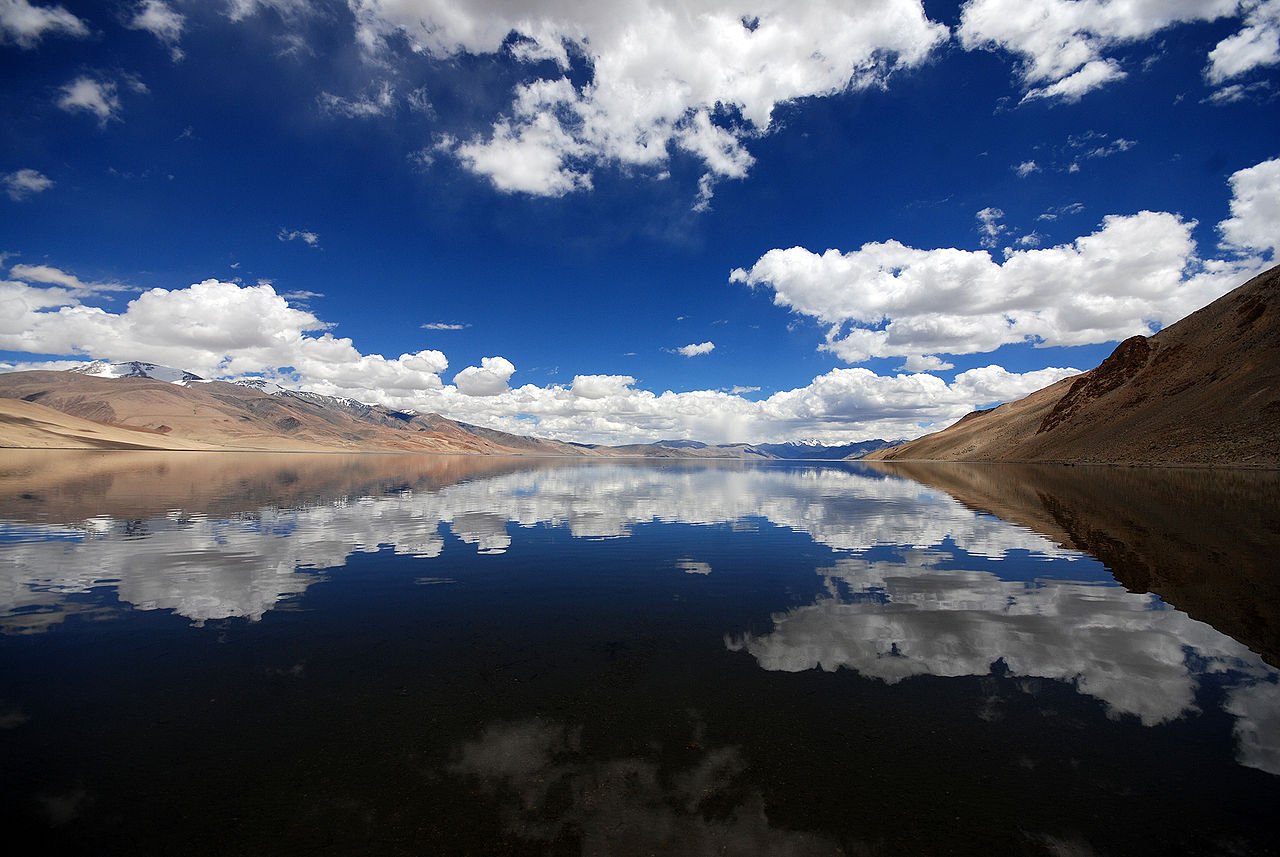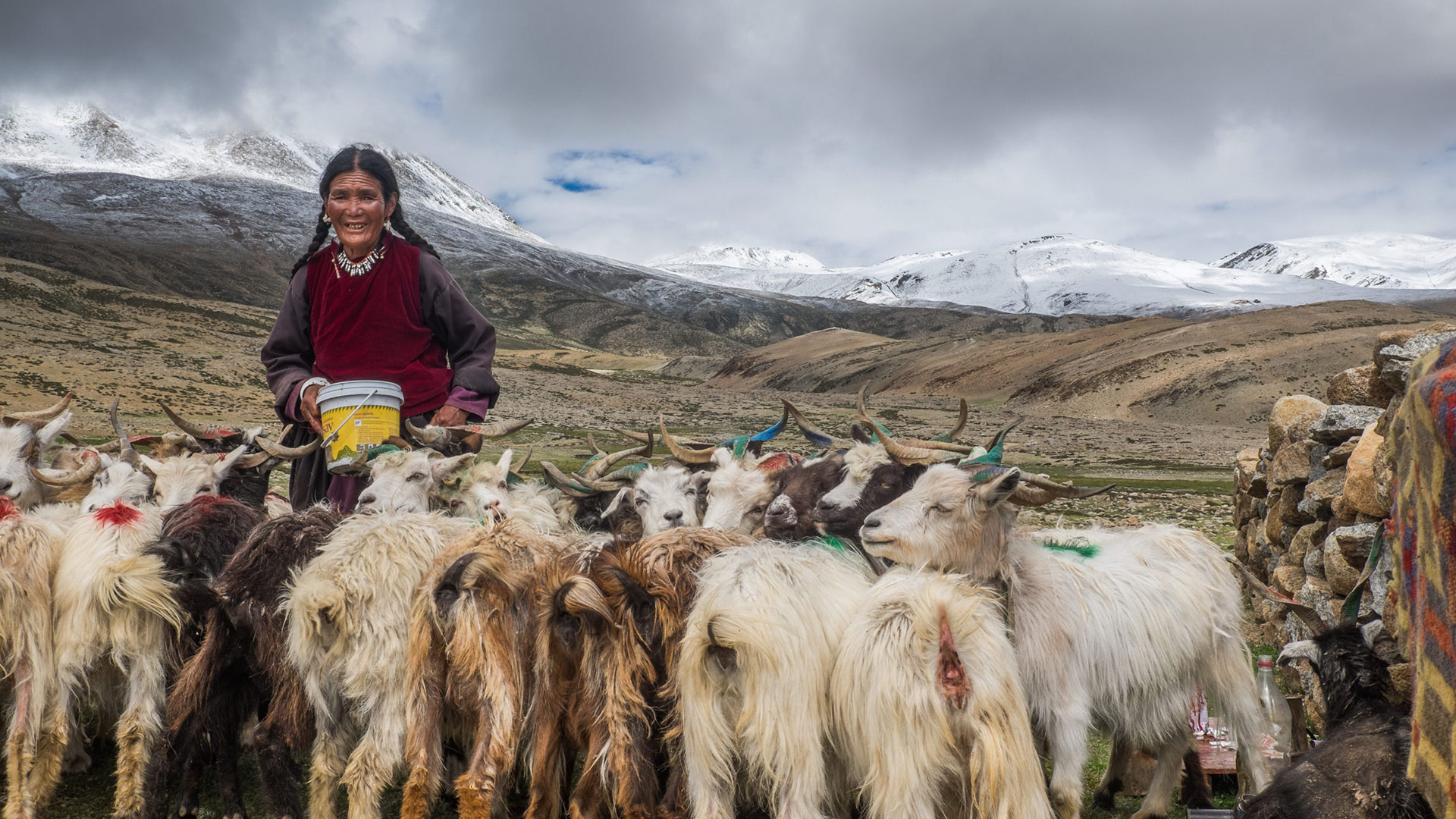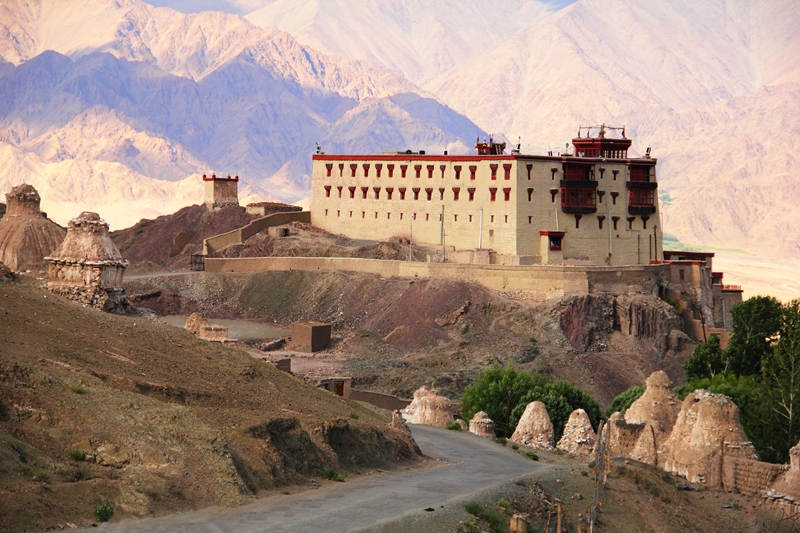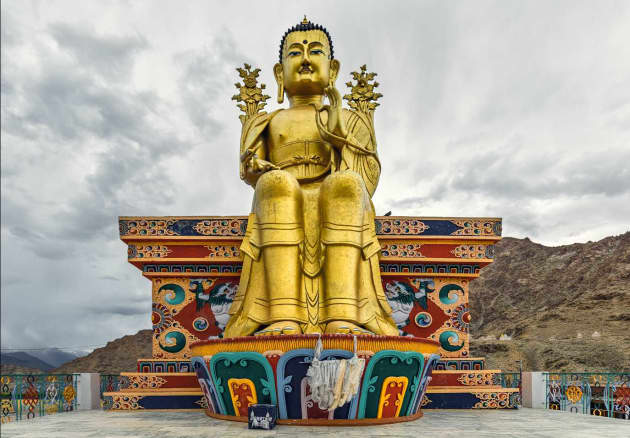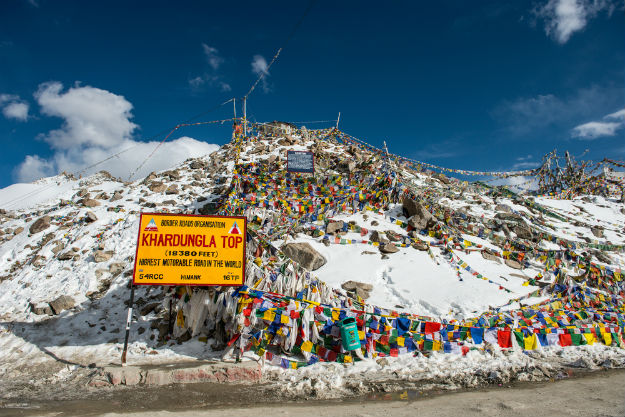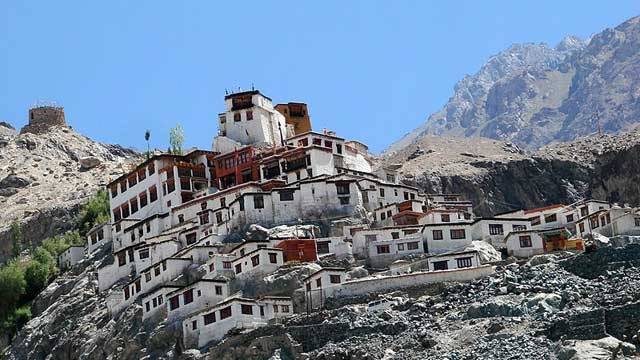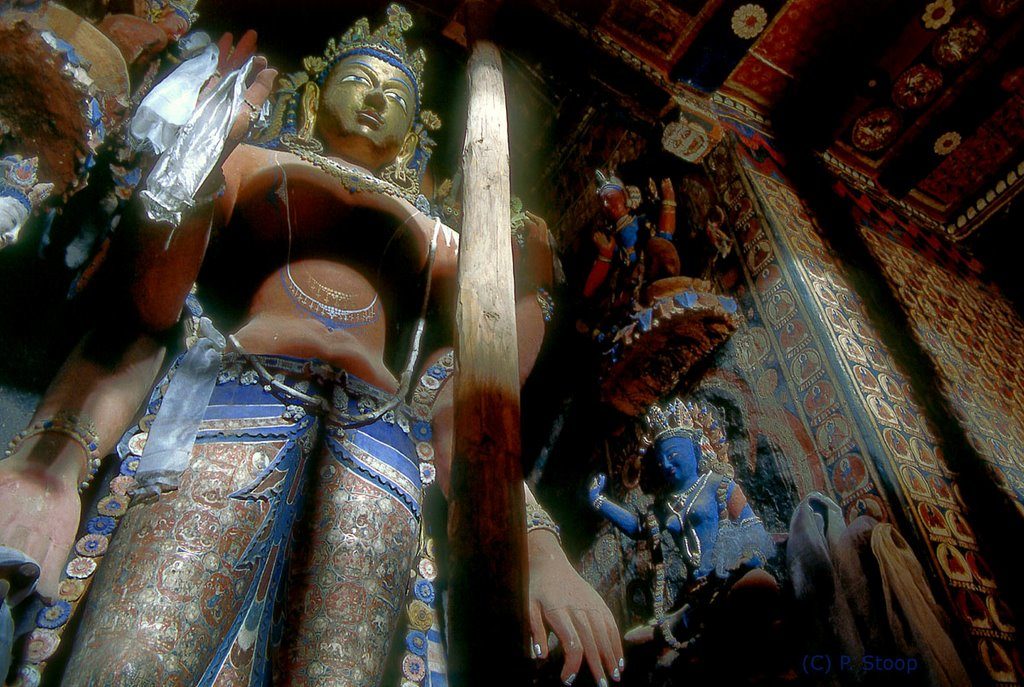Nestled amidst the rugged and breathtaking landscapes of Ladakh lies a hidden gem that captures the hearts of adventurers and nature enthusiasts alike – Tso Kar Lake. Renowned for its ethereal beauty and serene surroundings, Tso Kar Lake is a must-visit destination for those seeking solace in the lap of nature.
A Must-Visit Destination:
Tso Kar Lake is a testament to the natural wonders of Ladakh. Its pristine azure waters, encircled by snow-capped mountains and vast grasslands, create a surreal and captivating vista. The tranquility and untouched beauty of the lake offer a respite from the hustle and bustle of city life, making it an essential stop for travelers seeking moments of serenity.
Location:
Located in the southeastern part of Ladakh, Tso Kar Lake sits at an altitude of approximately 4,500 meters above sea level. It is situated in the Rupshu Valley, known for its stark yet mesmerizing landscapes, which include high-altitude deserts, alpine meadows, and nomadic settlements.
Best Time to Visit:
The best time to visit Tso Kar Lake is during the summer months, from May to September. During this period, the weather is relatively mild, and the lake is accessible without encountering heavy snowfall or extreme cold temperatures. Additionally, the summer months offer the opportunity to witness the region’s vibrant flora and fauna in full bloom.
How to Reach:
Reaching Tso Kar Lake requires a journey through the rugged terrain of Ladakh. The nearest town to Tso Kar is Leh, the capital of Ladakh. Travelers can reach Leh by air or road, with flights available from major cities like Delhi and Srinagar, and road access via the Manali-Leh Highway or Srinagar-Leh Highway. From Leh, a picturesque drive of approximately 160 kilometers will lead travelers to Tso Kar Lake.
How to Plan a Tour:
When planning a tour to Tso Kar Lake, it is essential to make adequate preparations due to the high altitude and remote location of the region. Travelers should acclimatize themselves to the altitude in Leh before embarking on the journey to Tso Kar. It is also advisable to arrange for a reliable mode of transportation, either by hiring a private vehicle or joining a guided tour.
